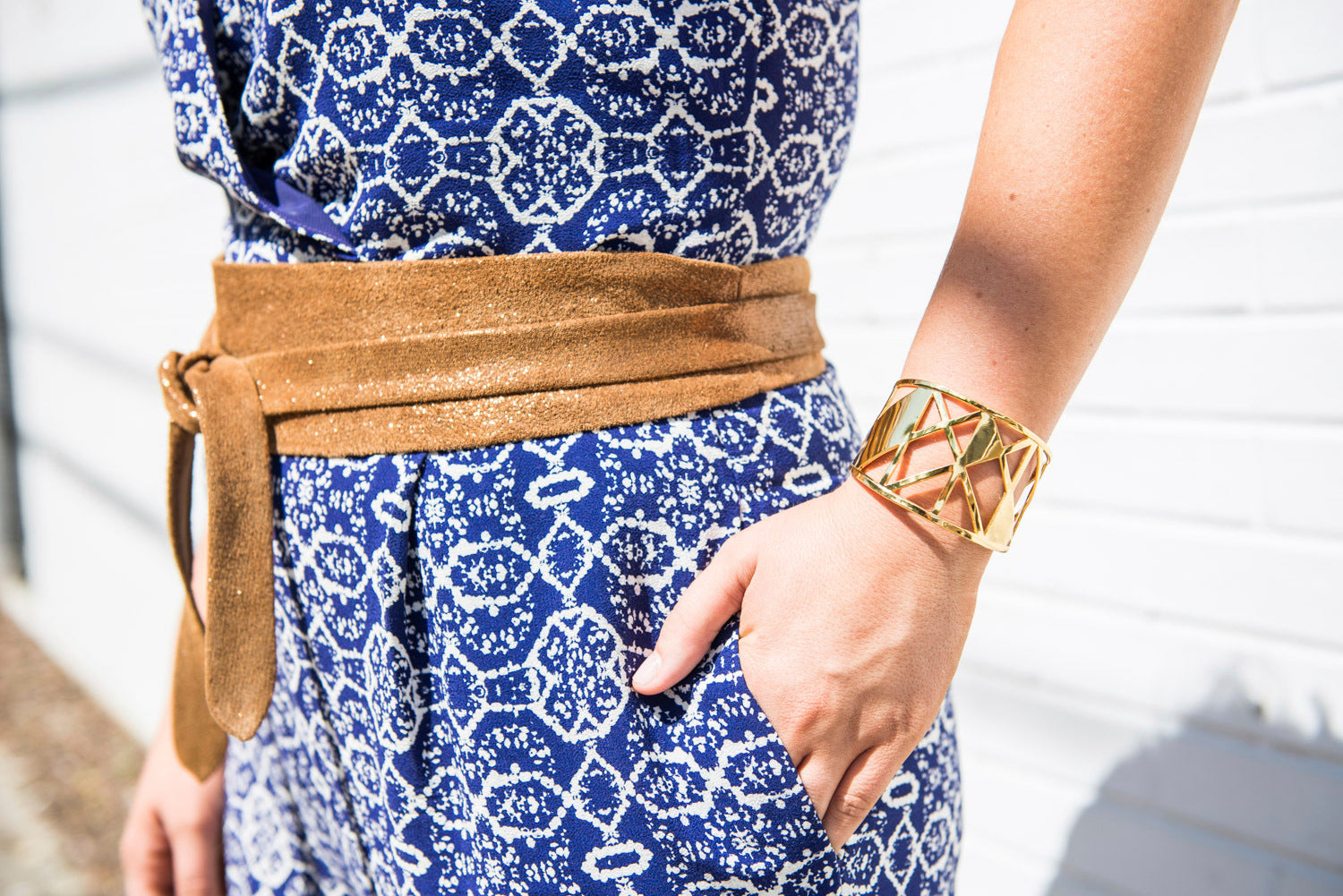
Ada’s Inspiration for the Wrap Belt: The Japanese Obi Belt
By Anne Walther, ADA collection friend and passionate customer 😊
Dear ADA Collection enthusiasts,
Did you know that Ada’s famous wrap belt was inspired by Japanese culture? Ada recently shared with me a personal story about the wrap belt, inspired by the obi belt from the land of the rising sun.
When she was in high school, Ada read the bestselling novel “Memoirs of a Geisha” by Arthur Golden. She was immediately mesmerized by Japanese culture and craftsmanship. Instantly captivated by the artistry, the purity and the beauty of Japanese fashion, Ada decided that the wrap belt, inspired by the obi belt, would become “the one”.
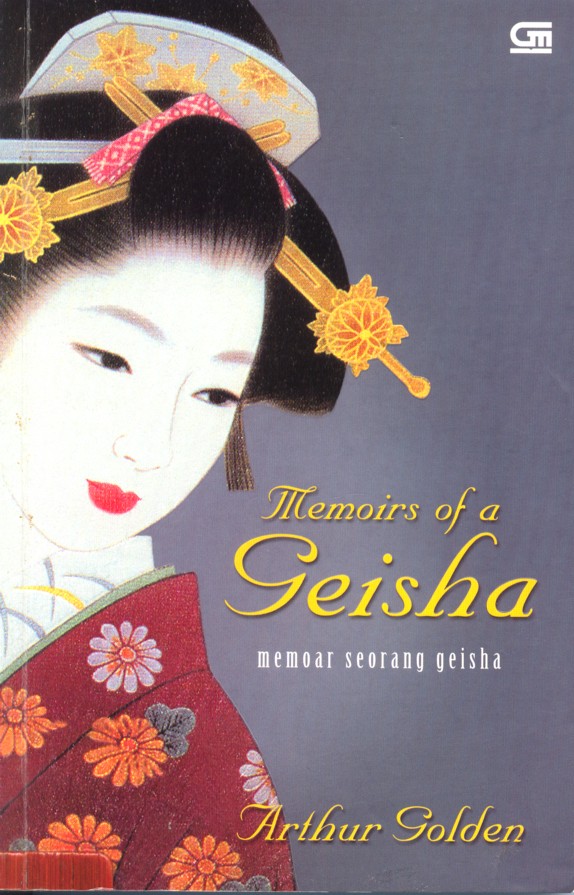
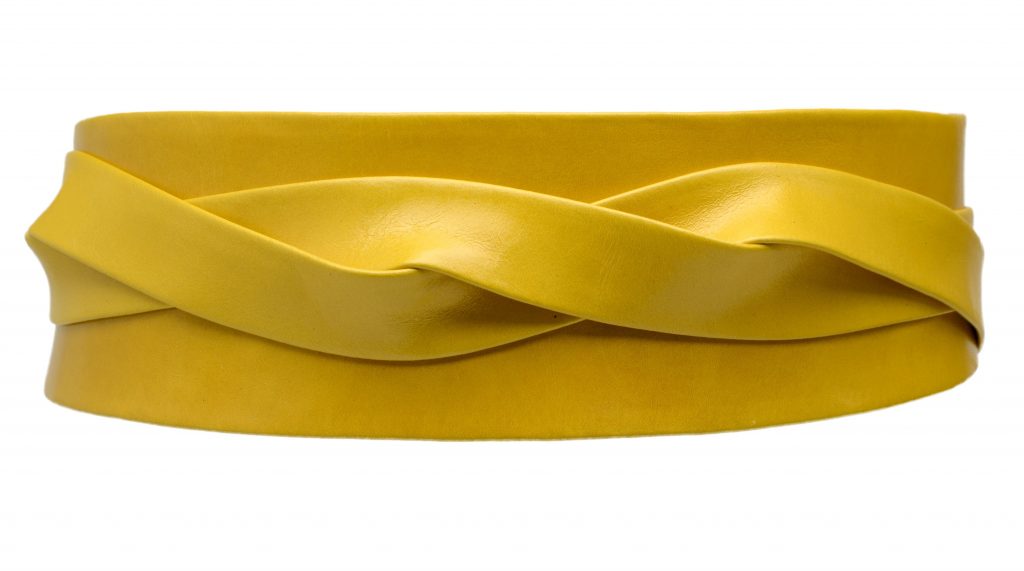
When we admire a beautiful kimono, we often forget that the obi, the belt kimono, is much more than just a sash. Depending on the obi type, it can elevate the kimono from casual to highly formal. An obi can in fact be worth more than the whole kimono outfit put together. The kimono then becomes a canvas for the most important accessory: the belt.
We can draw an interesting parallel with ADA Collection wrap belts: a beautiful handmade belt can instantly elevate any outfit and add a precious touch in the center of the body.
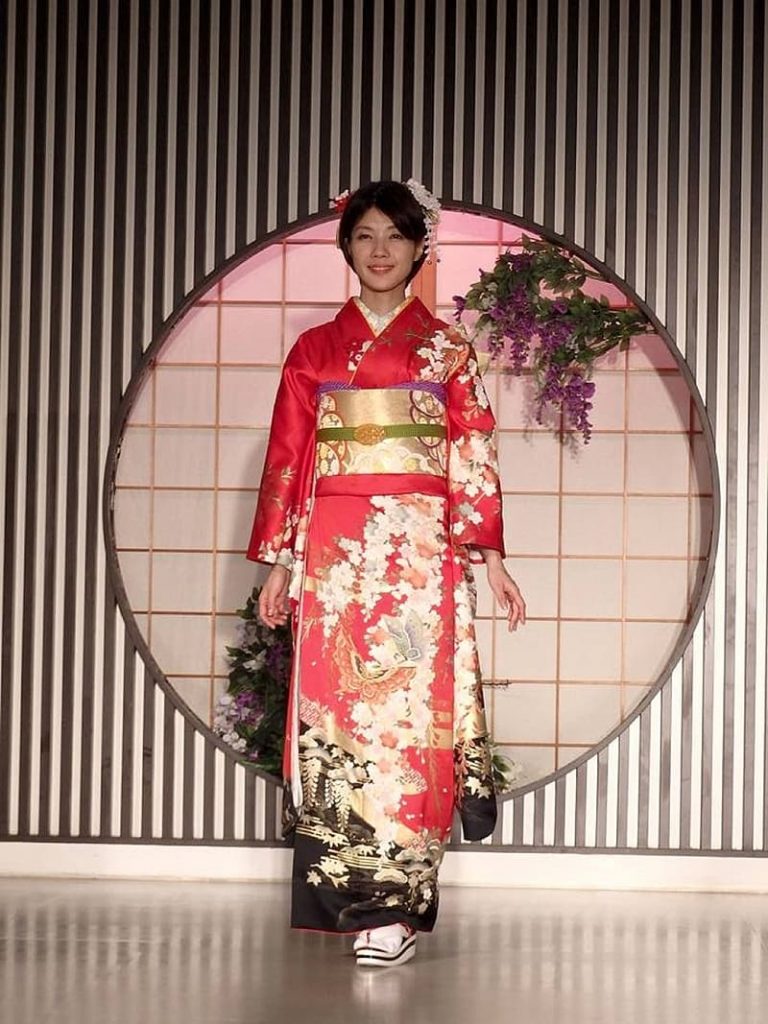
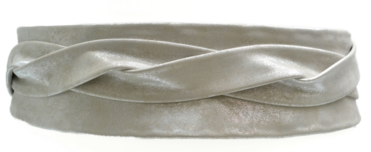
A short history of the Japanese Obi Belt
In the old times, an obi was a ribbon-like belt, 8 centimetres (3.1 inches) in width. By the end of the seventeenth century, the width of women’s obi had already doubled from its original size and the obi were tied in the back. In the beginning of the nineteenth century, women’s obi were 30 centimeters (12 inches) wide. Ribbons and cords were then necessary to hold the obi in place. The garments’ sleeves became longer and the obi wider, to maintain the esthetic balance of the outfit.
Obi belts nowadays still have various widths, as ADA collection wrap belts do!
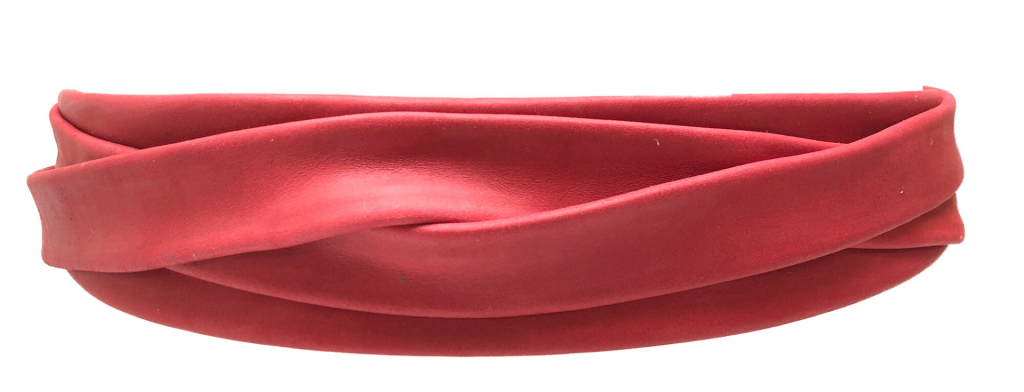

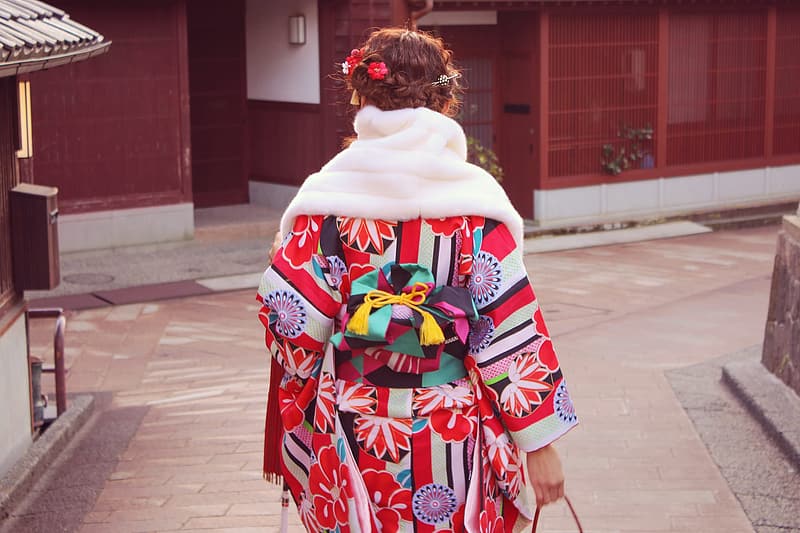
Formal or Casual?
The most formal obi belts are currently worn for very specific occasions. The heavy and long maru obi is nowadays used only by maiko (geisha in training) and brides as a part of their wedding outfit. The more casual Nagoya obi is the most common obi used today, and the most decorated ones may even be accepted as a part of a semi-ceremonial outfit.
As a rule, the more brocade you find on an obi, the more formal it is. Made of silk, highly decorated obi are adorned with gold or silver thread. In Japan, it was common to provide a wedding chest filled with family obi to a young bride, some belts being more valuable than her wedding ring…
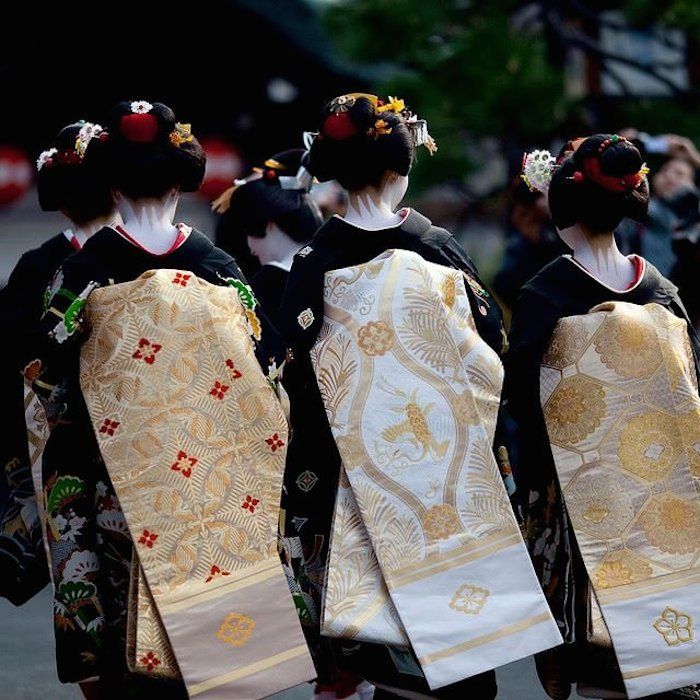
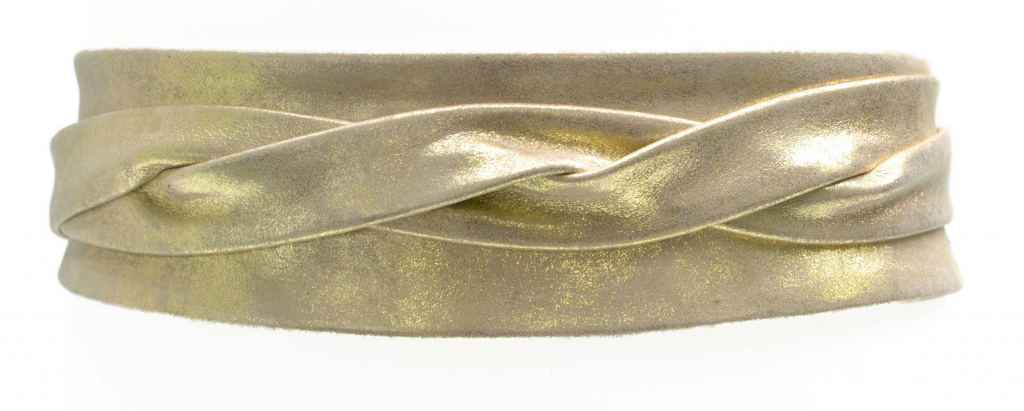
The Importance of the Knot
The obi knot is called musubi. There are hundreds of decorative knots, that often represent flowers or birds. The more complex and visible knots are for young unmarried women in festive occasions, the more restrained for married or mature women or for use in formal or ceremonial situations.
In earlier days, the knots were believed to expel malicious spirits. Therefore, knots often have a name with an auspicious meaning.
Versatile and allowing many knot options, Japanese obi belts and ADA collection wrap belts are nowadays lucky charms!
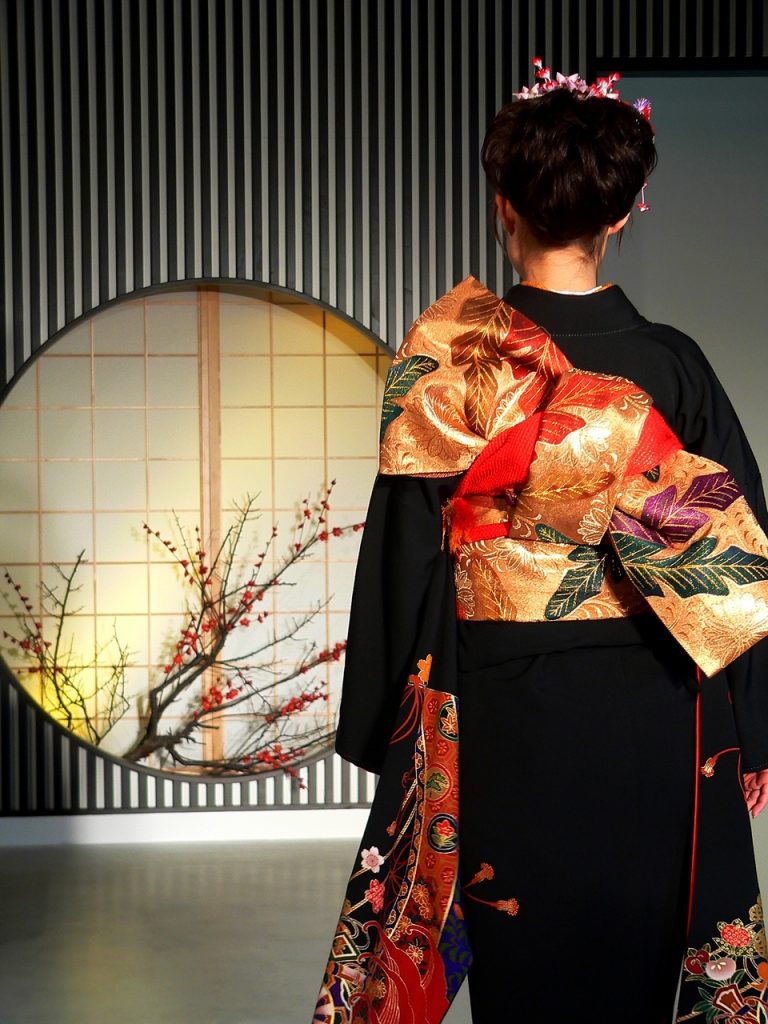
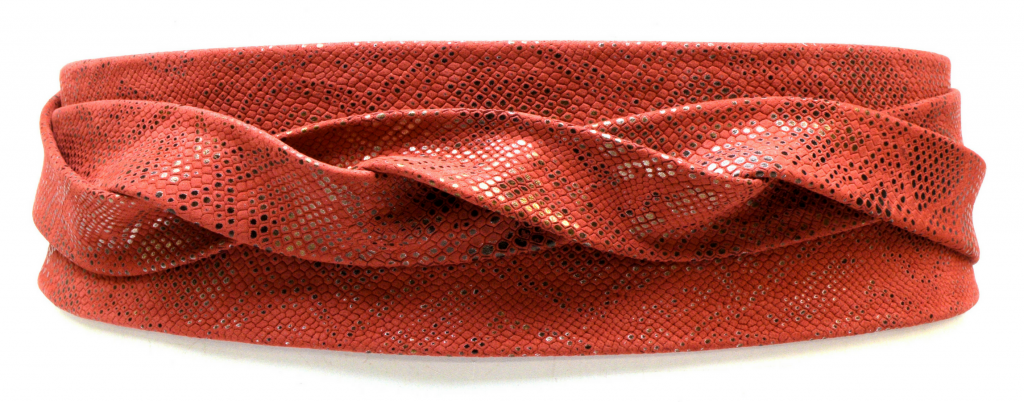
Thanks for reading!



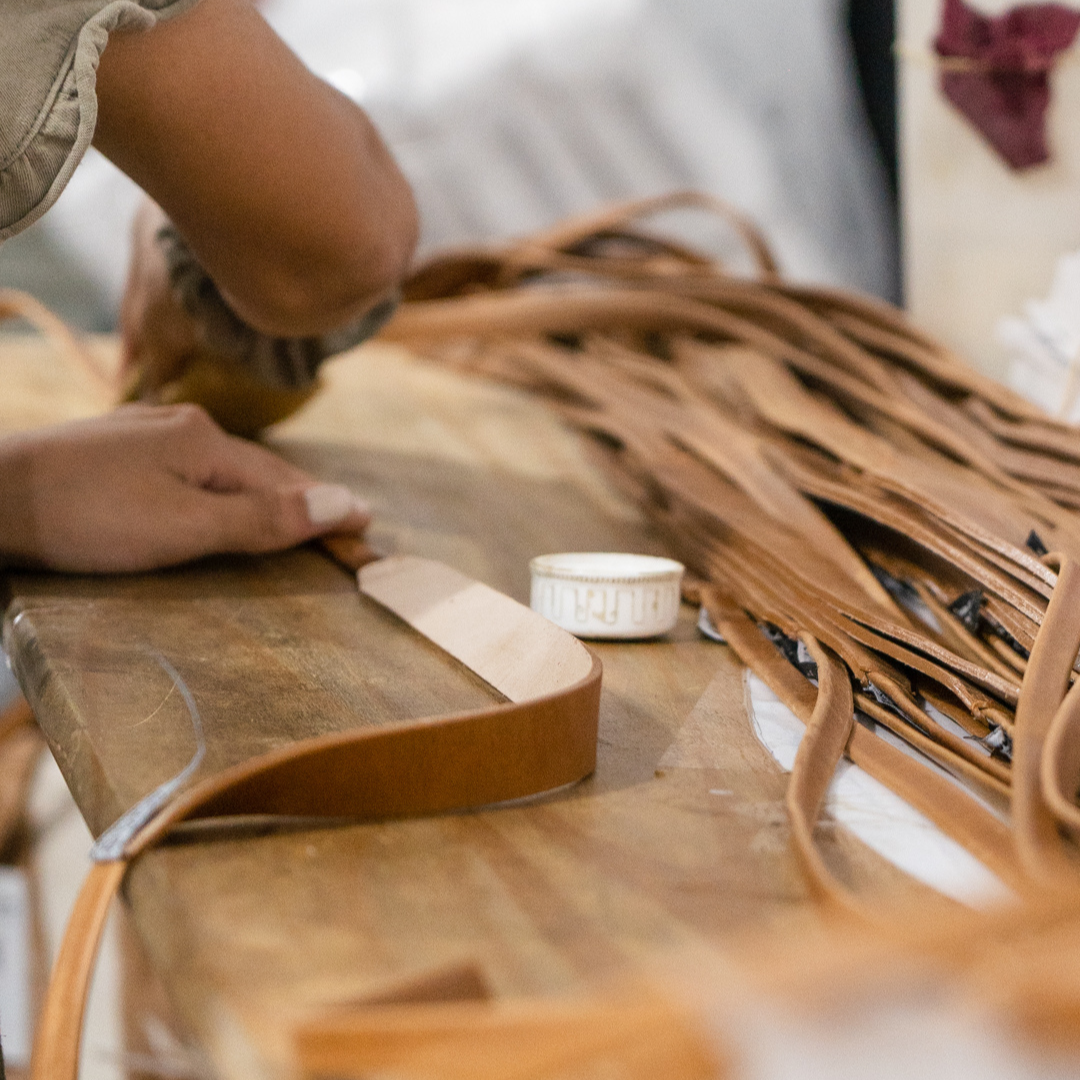


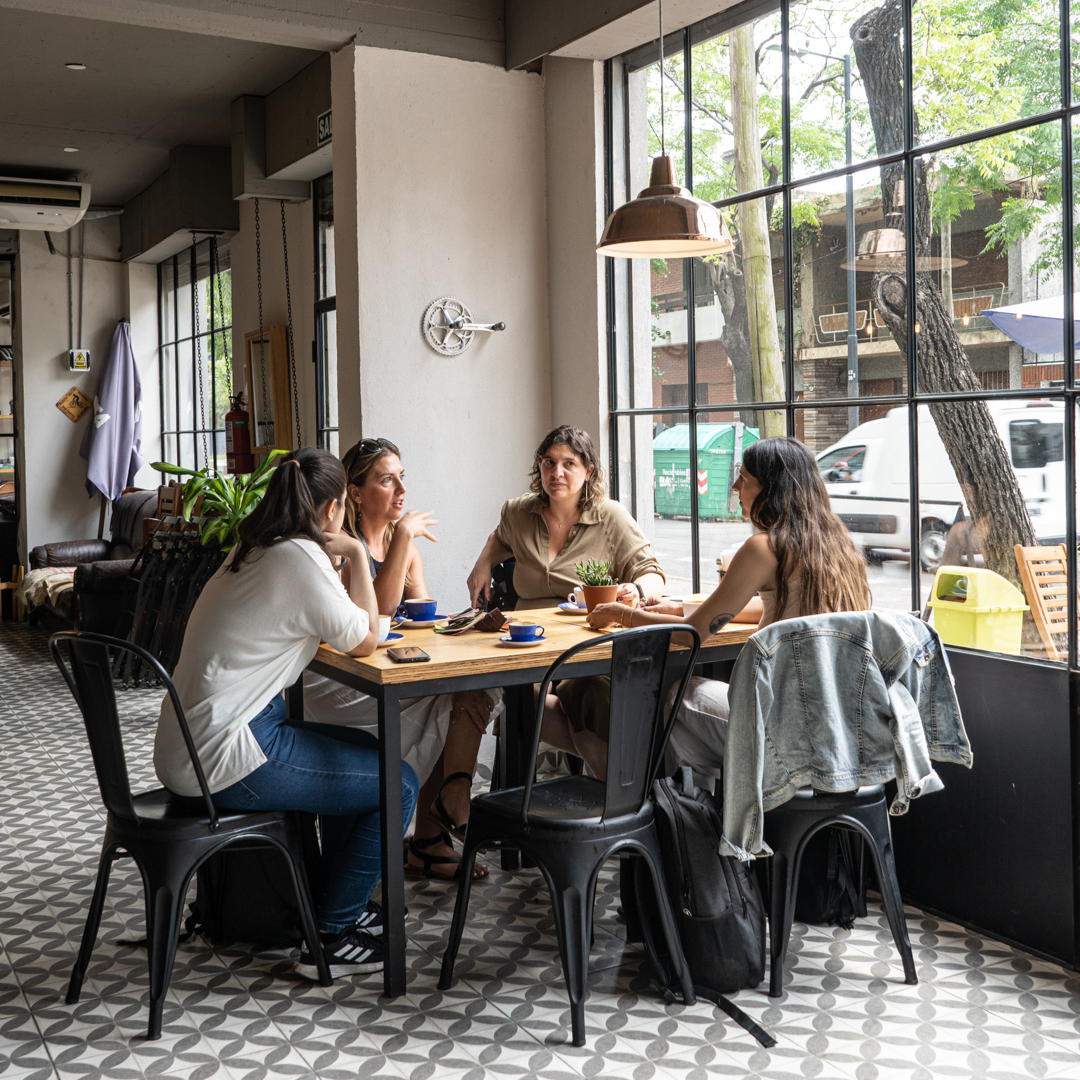
Leave a comment
This site is protected by hCaptcha and the hCaptcha Privacy Policy and Terms of Service apply.